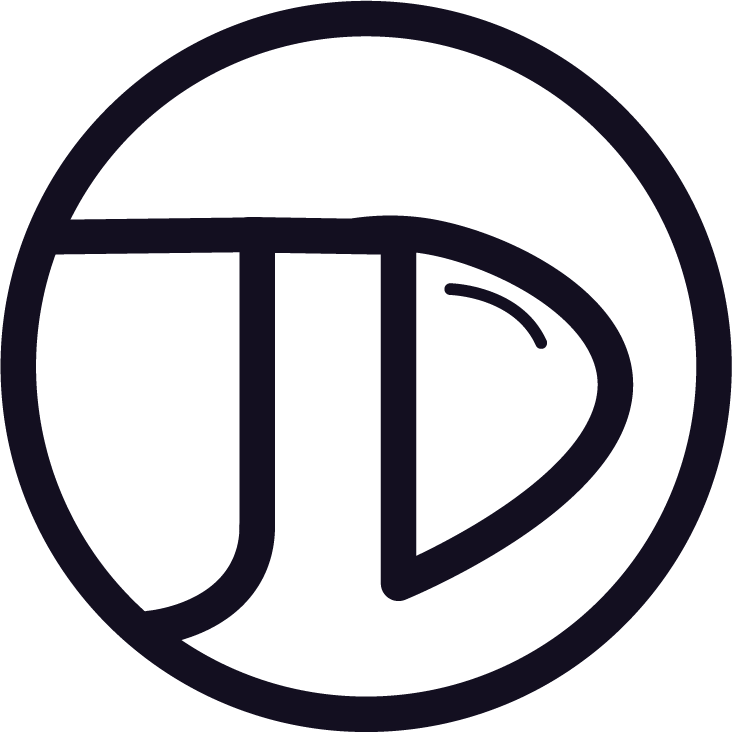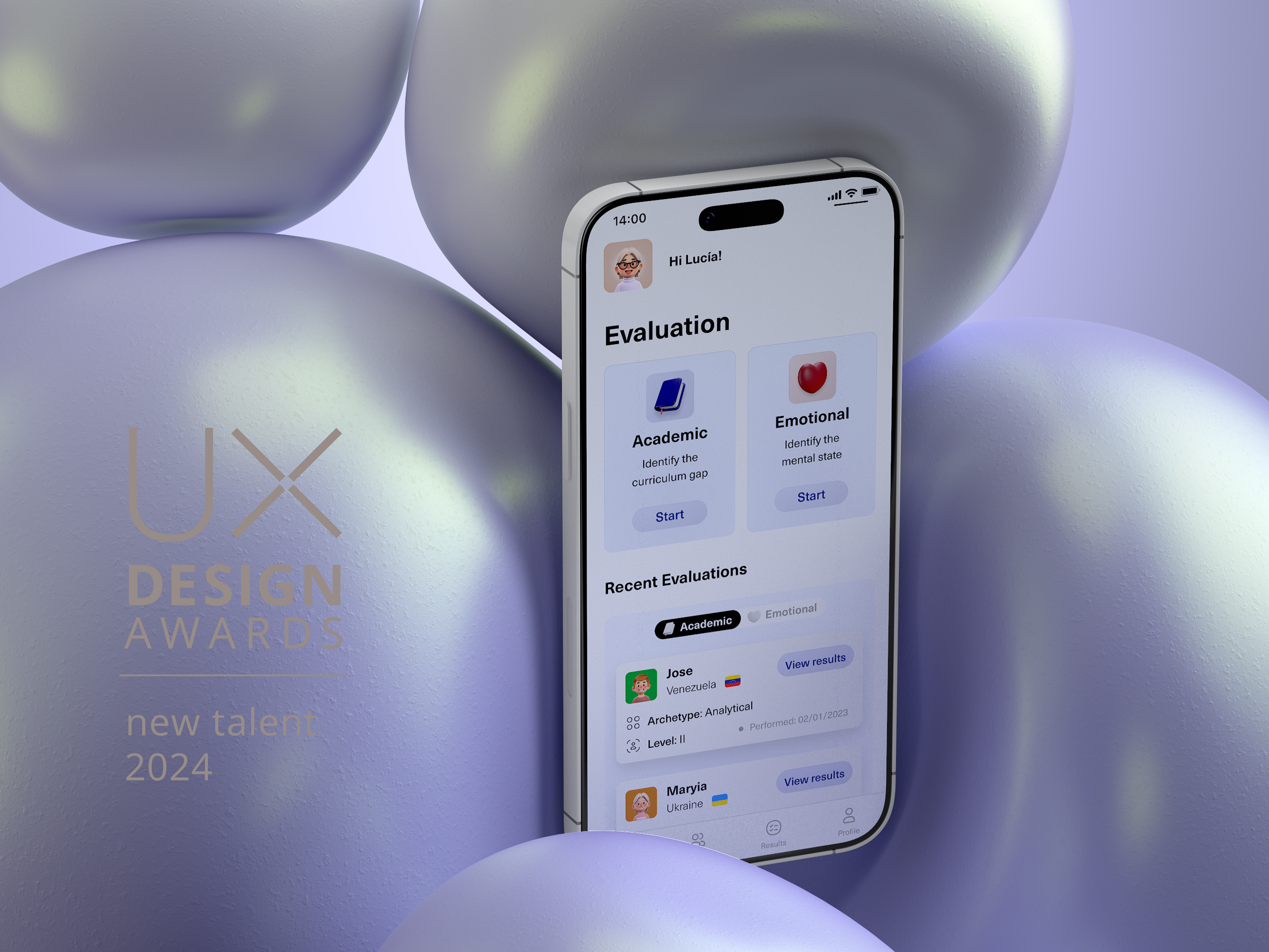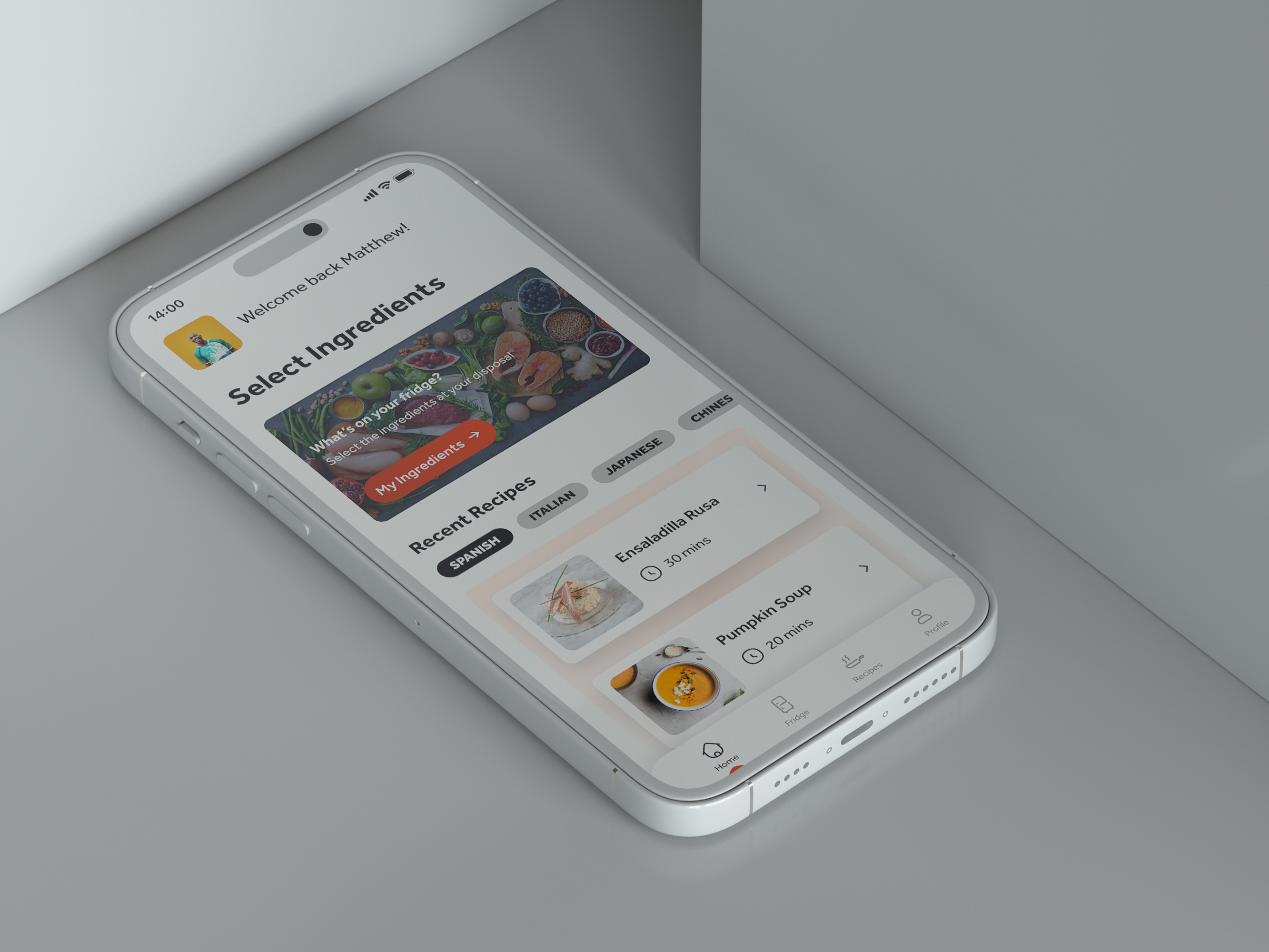Background
According to an expert from the UN, Climate change is the greatest threat the world has ever faced. In an attempt to reduce greenhouse emissions, policies of all sorts are being discussed and enacted. However, the question arises: where should the focus be placed? According to the World Economic Forum, 40% of energy is consumed by EU buildings, equating to 36% of total CO2 emissions. Within the UK alone, 22% of carbon emissions come from heating homes.
Smart meters promise savings of up to 25% of CO2 emissions by 2035. However, most of the population in the EU, especially in the UK, is resistant to adopting such measures.
Project Context
This project was part of a master's program at the University of Loughborough in collaboration with "gengame". This startup seeks to drive a consumer-led, low-carbon transition. The brief consisted of two parts: the first was tackled as part of a team of 5 to arrive at a design concept solution, and the second consisted of designing the prototype. This was done individually.
Role & Responsabilities
My role during the first part of the brief was that of project manager, and my responsibilities were setting the working framework, design methodology and general direction. We worked under an agile mindset because it allowed us to establish a team vision and discipline over individuals. We carried out weekly sprints to produce something valuable every week.
Design Methodology
We adopted a hypothesis-driven design process for several reasons:
1. Research had already been carried out by a research team collaborating with "gengame", so the focus was on unpacking those insights into the right questions and verifying existing assumptions.
2. High-level objectives had been set up, which meant we needed the proper framework to ground those high-level objectives into prioritised high-value ideas.
3. A short time frame meant we needed to quickly arrive at an idea that could be tested and built upon later.
Questions & Assumptions
We established who we were designing for and why based on the existing research. Based on the demographic data and interviews, we decided to focus on young married parents with small kids who, although time-limited, are not financially constrained. They presented a unique opportunity for finding creative ways to incentivise them to engage with the environment instead of using cost-saving incentives that have proven not to work.
We used “How might Wes” to frame the problem statement open-ended, avoiding going into the solution too early.
How might we design a mobile app that utilises smart meter data for young, financially affluent families that rewards good energy consumption behaviour and encourages positive engagement with climate change?
We then developed proto-personas to further our understanding of our primary users and start identifying the desired outcomes we needed to pursue.
Competitive Analysis
We decided to conduct a competitive analysis to primarily identify what elements were missing from the offerings of other smart meter utility providers.
Most utility providers either do not offer solutions with gamification or rewards systems, or the few that offer them are half-baked at best. The data suggested that our target users like to describe themselves as fun and try new things. Therefore, this analysis reinforced our assumption that our target users lean into game mechanics.
Motivation & Gamification Theories
Secondary research was conducted into the neuroscience behind game design to understand how gaming mechanics could be incorporated into a potential solution. Specifically, we took inspiration from the book “The Gamer’s Brain” by Celia Hodent.
We found that intrinsic motivators were the strongest, which meant that progression systems aided by continuous feedback would be critical to making our target users feel like they are making meaningful contributions to the environment and becoming more proficient at doing so.
Prioritise
Having addressed our existing assumptions and with a consensus on the question that needed to be addressed, we started identifying the set of user needs to delve into the source of the user’s core problems. This would allow us to define the features to help us achieve the desired outcomes.
Jobs-to-Be-Done
Because this project dealt with changing the existing behaviours around the adaptation of a current product (i.e. smart meters), the focus was on achieving the outcomes that would create such change. Therefore, we used the JTBD framework since it is less prescriptive than other methods about the exact user task and how to solve it whilst still considering both functional and emotional aspects.
Lean UX Canvas
Before establishing the vision statement and experience principles that would guide the definition of the design concept, we conducted a validation workshop using the lean UX canvas to make sure the whole team was on the same page and that everyone understood why we were solving the problem the way we were. In addition, the exercise allowed us to identify any possible gaps in our understanding of the problem space.
The results proved very positive as several team members had doubts and minor gaps in their understanding of the problem space. These could be addressed on time so the project could move on with a unified mindset.
Hypothesis
Based on the insights from the JTBD framework, we developed a set of high-level solution paths:
1. Dashboard displaying energy consumption analytics and its impact on the climate.
2. Benefits and points system for accomplishing tasks and challenges.
3. Leaderboard of generated points to share and generate competition among users.
4. Report to recognise the good behaviours of our users, making them feel like good parents.
These were then combined alongside our established how might we question to arrive at our hypothesis:
We believe there is an opportunity to design a mobile app for young professional families to decrease domestic energy consumption and feel a sense of pride over their sustainable behaviour. Using motivational strategies and smart meter data to gain tangible rewards. This will help them save energy in the home and also feel that they are future-proofing the world for their kids.
Experience Principles
To guide the definition of the design concept and ensure the feature set was aligned with the hypothesis, we established the following experience principles.
Tailored: Relevant and timed messages will be delivered to busy parents using custom data sets and machine learning.
Engaging: Engages parents and children to care about sustainable practices through gamification, targeted information, and tangible rewards.
“Fiero”: Sustainable practices allow them to be positive role models for their children and endow parents with a sense of pride.Bodystorming
The experience principles guided our definition of user stories, which we then prioritised and body-stormed to answer the following questions:
1. What is the right timing for notifying about challenges & reports?
2. Will it engage parents & kids?
3. Are challenges well-balanced?
Although awkward initially, the whole team quickly adopted each character based on our proto-personas and fully role-played each scenario. The exercise showed how several aspects would simply not work out and needed further iteration to achieve those desired outcomes. Specifically, it helped us to enact the following changes:
1. Lighter involvement of children. It is up to our target users if they want to teach their kids about sustainable practices. We should not add any elements that make them feel forced to do so.
2. Challenges should be set on a weekly rather than a daily basis.
3. Less notifications. At the end of the weekly challenge, there should only be one to inform of the report and next week’s challenges.
4. Challenges must be attainable and linked to products (i.e. turning off TV, lights, etc.).
Design Concept
We developed the design concept as a complete end-to-end cycle. We named our solution Ecohour, which would unlock every Sunday between 14:00 & 18:00 to send our users weekly attainable sustainable challenges which would reward users with points that could be used for discounts and coupons in John Lewis. Every week, a reminder of the progress so far would be sent promptly, followed by a countdown to create anticipation. A report with tailored messages and accomplishments would become available at the end of the week.
Feature Set
We defined a comprehensive list of features that would help ground our design concept into an actionable prototype.
Information Architecture
Having arrived at the design concept and feature set, the focus for the remaining project's first stage was identifying the type of application screens that would need to be developed and the interactions between each element. A sitemap was created to lay out the hierarchy and navigation between the different features.
Storyboarding
With the sitemap in place, we developed user flows to understand the steps our target users needed to go through to achieve their goals. This would help us identify the major decision points and all the different pathways available to complete the user goals. However, because our focus was on achieving the outcomes of weekly anticipation and excitement, we translated our user flows into a storyboard that would act as a guide so that when it came to the visual design, we would not lose track of making sure our plan was tailored to meet those outcomes.
Visual Design
As I entered the project's second stage, the focus shifted solely towards the application's UI. The objective was to create a prototype that would achieve the above-mentioned desired user outcomes (i.e. anticipation and excitement for adopting climate-friendly behaviours)
Hence, my role shifted towards UI and interaction design. This part of the project was undertaken on an individual basis.
Based on the proto personas and the emotional aspects outlined in the JTBD framework, I believed that adopting a futuristic style to the design would lead to a higher user engagement and adoption rate. The style guide was therefore created to achieve that futuristic mood.
Style Guide
Prototype
Home Page - Ecotime
Designed to display only the relevant elements for the user - The current smart meter data and the weekly tier progress - with one single call to action, consulting the hard-earned weekly points. Progress showcased the concept of a planet Earth lighting up as the user progressed through the different tiered challenges. This was meant to appeal to the emotions of recognition and accomplishment in adopting environment-friendly habits.
Progress Detail Page
It was intended to display the tasks within each challenge in a simple and accessible way, always leaning into the intrinsic motivators that fuel the drive towards completing the rings and rewarding the completion of each task with points.
Point System Page
It was meant to illustrate the photo for the week in terms of points being generated and, with the use of analytics, showcase that progression by showing the detailed figures of finished tasks, etc. This page was also designed for users to view what they get with their earned points and unlock the challenges of the upcoming week.
Report Page
To achieve that sense of anticipation and excitement, the report screen was designed as the natural conclusion of every weekly challenge. Users would get a quick overview of the different tier challenges they had completed, and they would receive tailored and meaningful messages showcasing how impactful their behaviour is. In addition, it would visually illustrate how well their current smart meter readings were compared to last week.
Conclusions
Climate change is one of the most, if not the most, significant challenges to solve in the 21st century. However, the shift towards adopting more sustainable behaviours relies on our ability to change our household behaviours and reduce our energy consumption at home.
This project has helped me work on polishing further my skills in interacting with interdisciplinary and culturally diverse team members, reaching consensus, setting expectations and establishing continuous communication to deal with each challenge. It also allowed me to be involved as a project manager and an integral part of the team in developing ideas. I am grateful for this, as it is not always the case for one to be involved in several aspects of a project.
General Reflections & Next Steps
This project was cut short from being able to test our hypothesis thoroughly. I would have liked to have had the time to corroborate if the design decisions impacted user engagement and adoption rates through A/B testing.
Looking towards the future, I see the necessity of further research into the type of third-party partnerships that could be brokered. Could a collaboration with John Lewis be indeed profitable for them? Could they certainly offer discounts? Establishing a business model and/or value proposition canvas would help address these questions thoroughly.
Lastly, I believe great care and effort would need to be placed in making sure each challenge was attainable whilst providing enough incentive for the user to try and carry it out. More work would need to be carried out on this topic, establishing a comprehensive progressive model catering to each level. (i.e., users using "Ecohour" for the first few weeks should receive easier challenges than those using it for a month).


